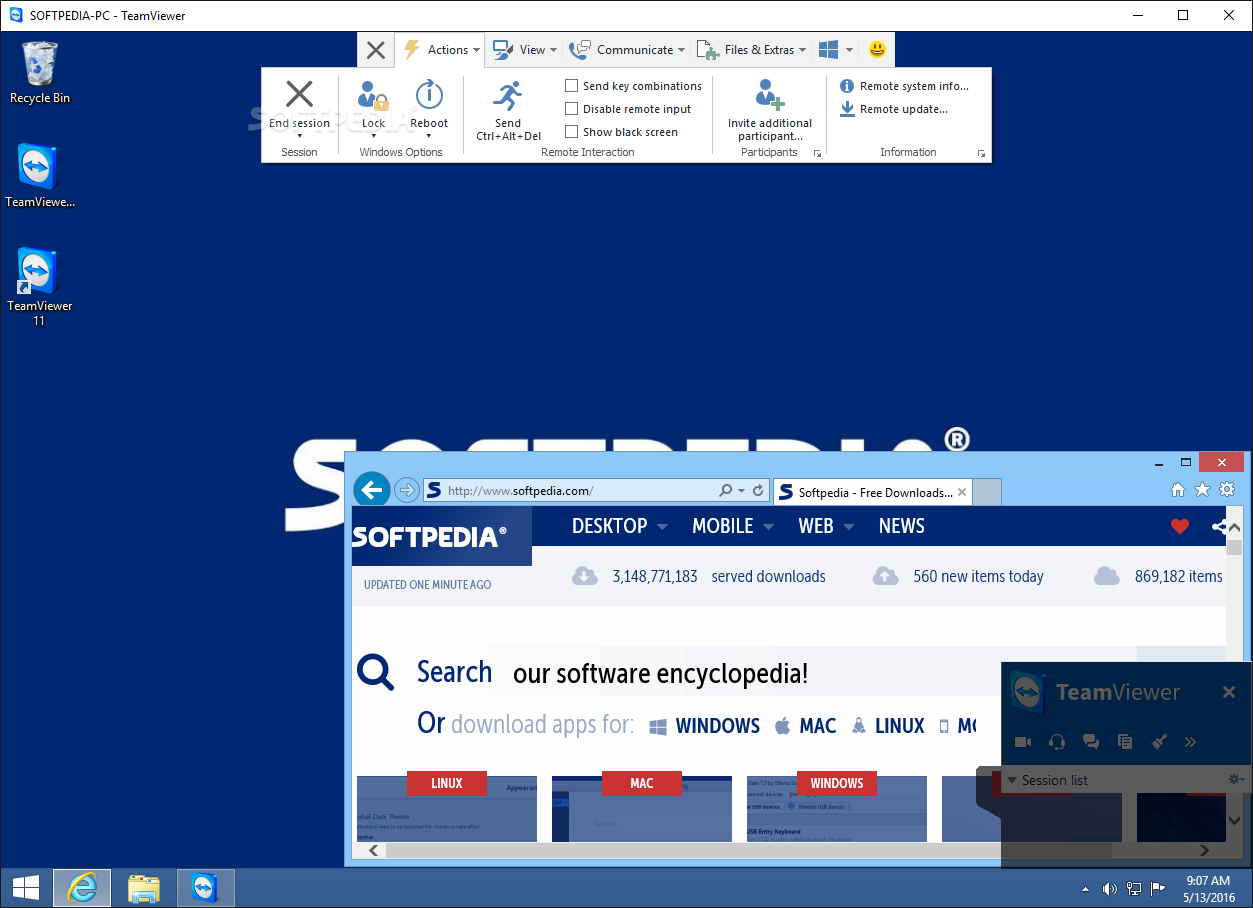

In Omron CX-Supervisor, Versions 3.5 (12) and prior, Omron CX-Supervisor ships with Teamviewer Version QS. While in most cases an attacker requires an existing session on a system, if the registry/configuration keys were stored off of the machine (such as in a file share or online), an attacker could then decrypt the required password to login to the system.

The latest version still uses the same key for OptionPasswordAES but appears to have changed how the Unattended Access password is stored. With versions before v9.x, this allowed for attackers to decrypt the Unattended Access password to the system (which allows for remote login to the system as well as headless file browsing). If an attacker were to know this key, they could decrypt protect information stored in the registry or configuration files of TeamViewer. It used a shared AES key for all installations since at least as far back as v8, and used it for at least OptionsPasswordAES in the current version of the product. TeamViewer Desktop through allows a bypass of remote-login access control because the same key is used for different customers' installations. When a user logs out or deletes conversation history (but does not exit the application), this data is not wiped from main memory, and therefore could be read by a local user with the same or greater privileges. (The vendor states that it was later fixed.) Upon login, every communication is saved within Windows main memory. The issue is fixed in 61, 60, 73, 70, 69, 0, 6, 0, and 15.8.3.Īn issue was discovered in the Chat functionality of the TeamViewer desktop application on Windows. This affects teamviewer10, teamviewer8, teamviewerapi, tvchat1, tvcontrol1, tvfiletransfer1, tvjoinv8, tvpresent1, tvsendfile1, tvsqcustomer1, tvsqsupport1, tvvideocall1, and tvvpn1.

An attacker could force a victim to send an NTLM authentication request and either relay the request or capture the hash for offline password cracking. A malicious website could launch TeamViewer with arbitrary parameters, as demonstrated by a teamviewer10: -play URL. TeamViewer Desktop for Windows before 15.8.3 does not properly quote its custom URI handlers.

TeamViewer before 4 on Windows loads untrusted DLLs in certain situations. An attacker can leverage this vulnerability to execute code in the context of the current process. The issue results from the lack of proper validation of user-supplied data, which can result in a memory corruption condition. The specific flaw exists within the parsing of TVS files. User interaction is required to exploit this vulnerability in that the target must visit a malicious page or open a malicious file. This vulnerability allows remote attackers to execute arbitrary code on affected installations of TeamViewer 15.16.8.0.


 0 kommentar(er)
0 kommentar(er)
